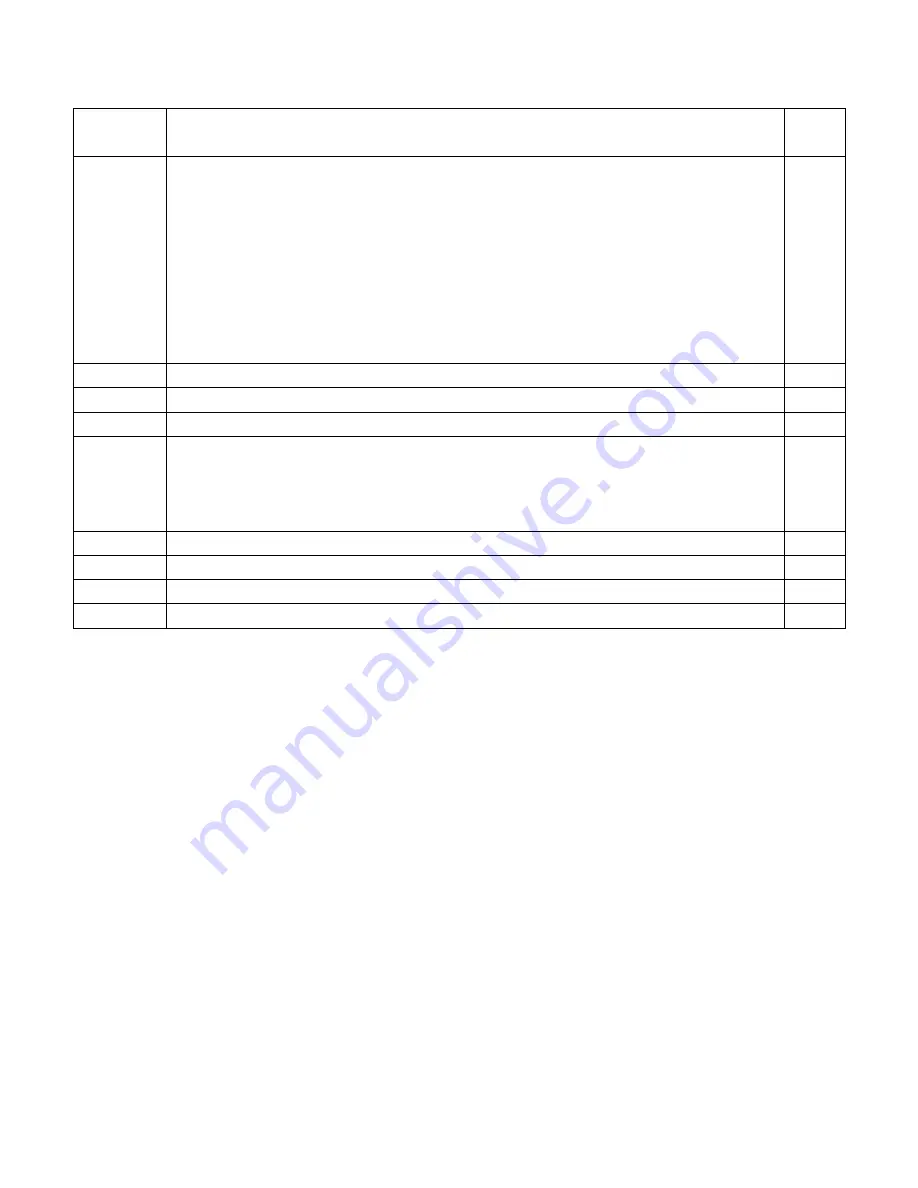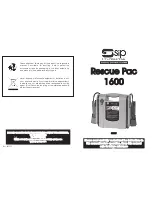
Diamond 10kW Manual
Dynatronix, Inc.
198-1603-03 Rev 01
Page 131 of 150
Bit 6: Primary Connection ‘1’ = Fault
Bit 7: Single Phase Primary ‘1’ = Single Phase }
2,
Module Status 2 { Bit 0: Line Limit Foldback ‘1’ = inverter output reduced
Bit 1: Bus OK ‘1’ = bus voltage ready
Bit 2: Configuration fault ‘1’ = Fault
Bit 3: Primary OK ‘1’ = Primary Voltage OK
Bit 4: Temp Sensor Fault ‘1’ = Temperature sensor
short/open
Bit 5: Pre-
charge done ‘1’ = Contactor energized
Bit 6: Sync error
‘1’ = Output synchronization error
Bit 7: Reverse Bridge state
‘1’ = rev, '0' = fwd }
ms2
120.5,
Average Reverse Current { Amps }
– as a negative number
ari
15.75,
Average Reverse Voltage { Volts }
– as a negative number
arv
0,
Status
Bit 0-7: TBD
Bit 8: Primary Over Voltage ‘1’ = Primary voltage too high
Bit 9: Thermistor 5 Over Temp ‘1’ = Over Temp
Bit 10-15: TBD
ms3
20,
Auxiliary Thermistor 5 Temperature {degrees C} (not used in all configurations)
t5
CRC
CRC value in ascii decimal
crlf
Carriage return and Line feed (0x0D 0x0A)
Module Status Command: (cont.)
Examples of Module Status Command:
read module status command, Module 1
@01.1ms0#0,54321
ACK read unit command with default descriptor text delimiters.
@01.1ms3#15,3ss,0lnk,120.5afi,15.75afv,35pht,45sht,240pv,448tbv,449bbv,0ms1,2ms2,
1
20.5ari,1
5.75arv,0ms3,20t5,54321
Notes:
1. If the module status is requested and the requested module is not installed a NAK response is
sent.
2.
The channel ID specifies the module. Odd numbers are “A” modules, even numbers are “B”
modules. Module number 1 is module “A” in the first inverter, number 2 is module “B” in the first
inverter, number 3 is module “A” in the second inverter and number 4 is module “B” in the
second inverter and so on.
3.
If the command is directed to the global device ID (00) no response will be transmitted.
















































